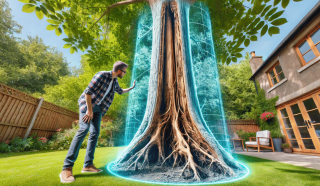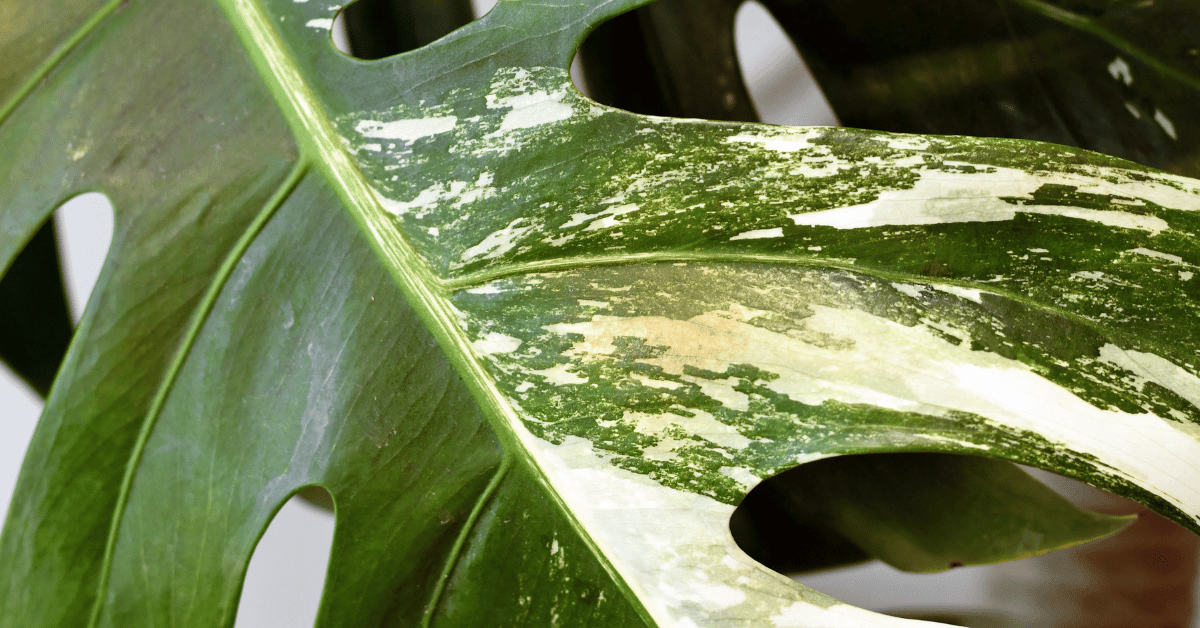Trees are a vital part of your landscape. They offer shade, beauty, and shelter. However, like all living things, they can develop problems over time. One serious issue is internal rot. If a tree is rotten inside, it can become weak and dangerous, posing risks to your property or even your safety.
In this guide, we'll explore how to tell if a tree is rotten inside, what signs to look for, and why it matters. At Strobert Tree Services, we are dedicated to keeping your trees healthy. If you suspect an issue, our certified arborists are here to help.
Conduct a Drill Test
One of the most reliable ways to check if a tree is rotten inside is by drilling into it. Arborists use a tool called an increment borer to take a core sample. This allows us to see inside the tree without causing too much damage. If the core comes out soft, crumbly, or discolored, it's a strong sign that the tree is suffering from internal rot. Healthy wood will be firm and evenly colored.
Visible Signs That Your Tree May Be Rotten Inside
Aside from drilling, there are several visible signs that indicate internal rot. Here are the key signs you can check for yourself:
1. Bark Damage
The tree’s bark acts as a protective layer. If it's missing, peeling off, or you notice hollow or decayed areas, it might be a sign of rot. Healthy trees maintain intact, solid bark, so if you see gaps or loose sections, it's worth investigating further.
2. Leaning Tree
A tree that is leaning more than usual, especially more than 15 degrees, could be in trouble. This could indicate root rot, which can weaken the tree’s foundation. A leaning tree is often a sign that internal rot has affected the structural integrity.
3. Dead or Broken Branches
Branches are like indicators of a tree's health. If you break a small twig and find it dark and dry inside, the tree may be dead or dying. Rot can start from the inside and spread outward, eventually causing limbs to die.
4. Wilting or Discolored Leaves
Leaves tell you a lot about a tree's overall health. If you notice wilting, falling leaves, or discoloration during a season when the tree should be healthy, it could be a sign of internal problems. Rot often disrupts the tree's ability to transport nutrients, leading to unhealthy leaves.
5. No Leaves in Growing Season
If your tree has bare branches when it should be full of leaves, it’s a red flag. Lack of leaves in the growing season could point to rot inside, affecting the tree’s ability to sustain itself.
6. Fungus or Mushrooms
Fungus growing on the trunk or near the base is often a clear indicator of rot. Mushrooms thrive in decayed wood, so their presence means that the tree’s internal structure is breaking down. Keep an eye out for any unusual growths around the tree base.
7. Root Damage
When a tree’s roots are rotting, it can show signs like thinning leaves, stunted growth, or yellow and brown leaves. If you see mushrooms or other fungi growing around the base of the tree, it could be a sign that the roots are decaying. Root rot weakens the tree, making it unstable and prone to falling over.
Additional Signs of Internal Rot
While the symptoms above are common, there are a few other signs that your tree may be rotten inside. These include:
- Termites or other pests: Pests often invade rotten wood, so if you see insects around your tree, it could be a sign of internal decay.
- Slow or stunted growth: If your tree isn't growing as it should, it may be struggling due to rot inside.
- Fine sawdust at the base: Also known as frass, fine sawdust can indicate wood-boring insects or internal decay.
- Open wounds: Large gashes or holes in the trunk may allow fungi and bacteria to enter, leading to internal rot.
- Uprooting: If you notice the ground around your tree lifting, it could be a sign that the tree is losing its grip due to root rot.
Why It’s Important to Address Tree Rot
Ignoring internal rot in a tree can lead to serious problems. A rotting tree is weaker and more likely to break or fall during storms. This poses a threat to nearby structures, cars, and even people. Addressing the issue early on can save the tree or, at the very least, prevent potential accidents.
What to Do If You Suspect Tree Rot
If you notice any of these signs, it's time to call a certified arborist. At Strobert Tree Services, we specialize in diagnosing and treating tree health problems. Our arborists can perform a thorough assessment to determine the extent of the damage.
In some cases, the tree can be saved with proper care and treatment. However, if the rot is too advanced, we may recommend tree removal to avoid further risks.
Strobert Tree Services Is Here to Help
At Strobert Tree Services, we take the health of your trees seriously. Whether you're concerned about rot or other issues, our team of certified arborists is here to provide expert advice and solutions. We offer a Free Health Assessment to ensure your trees are in the best condition possible.
We serve clients in Delaware, Pennsylvania, and New Jersey. Contact us today to schedule an assessment and keep your landscape safe and beautiful.
Call Strobert Tree Services at (302) 656-6077 or visit our website to learn more about our services. Don’t wait until it’s too late—let us help you protect your trees and property.











